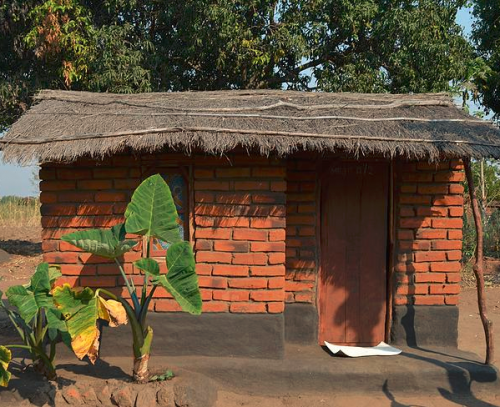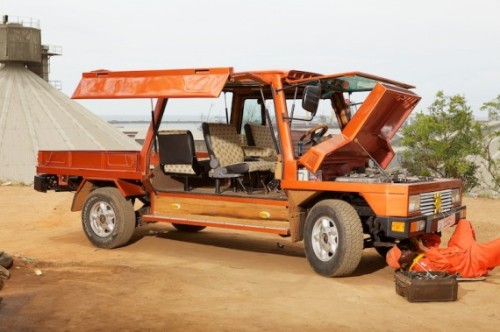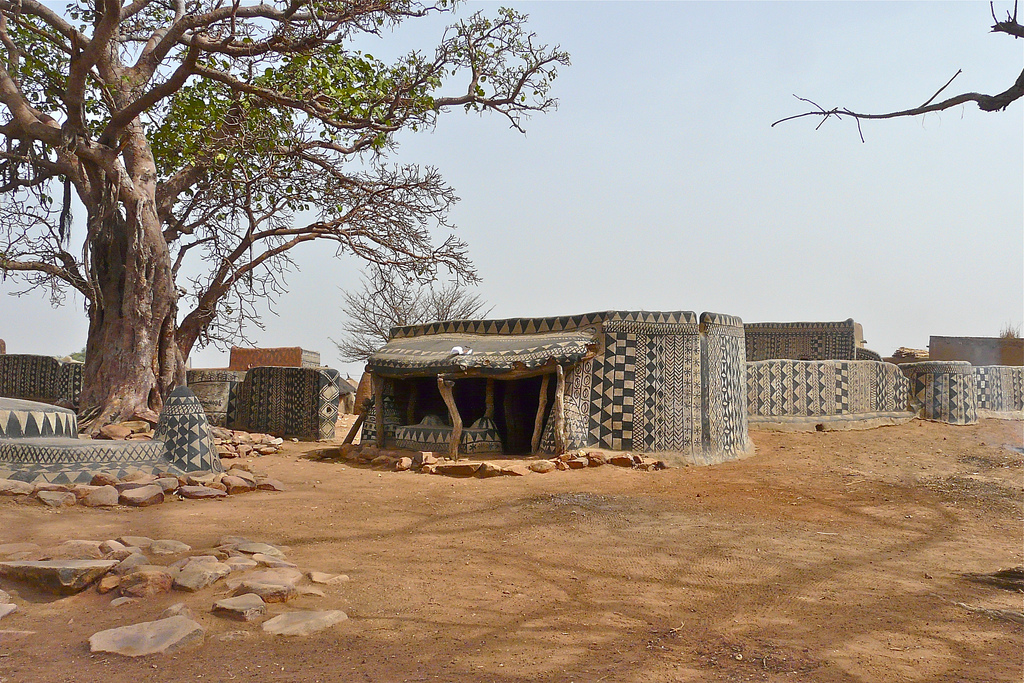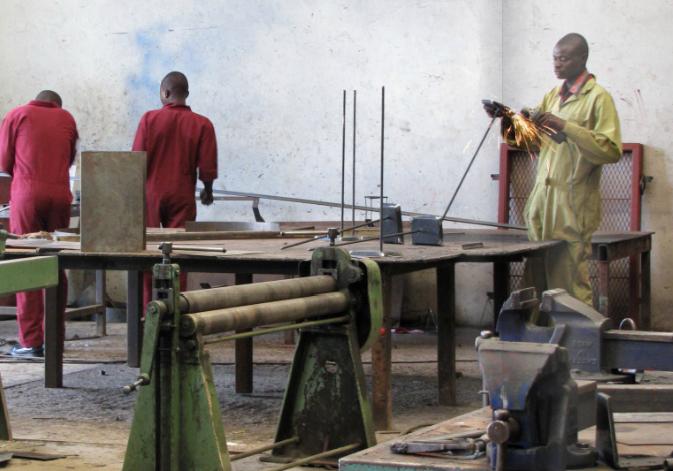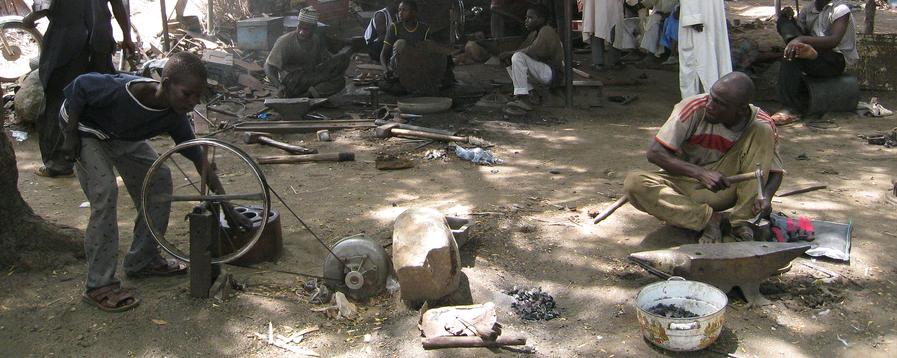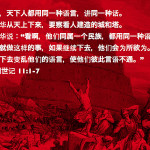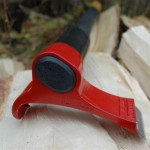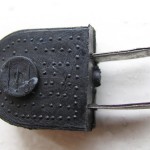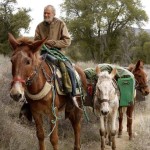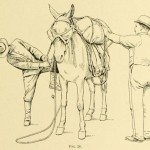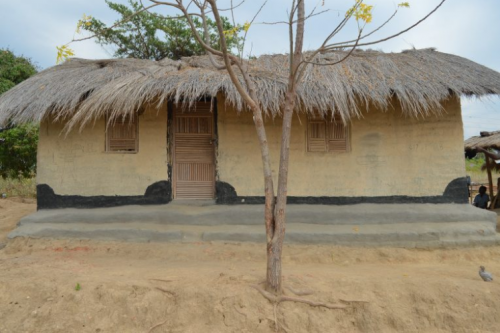
Malawi home built with rammed earth and thatch roof in Chizogwe village. Picture: Jon (Twingi) Sojkowski
I am a registered architect and I have a passion for African vernacular architecture. I recently (Sept. 2014) traveled to Malawi to document the vernacular architecture in the entire country. 4,700 pictures are on the web page.http://www.malawiarchitecture.com/
I also wanted to share with you my latest project… a data base on African vernacular architecture. This project was started because of the lack of information available on line. The data base includes images from every African country. Here is the link to the site:
http://www.africavernaculararchitecture.com/
The goal of the project is to have people, who live or work in an Africa country, submit pictures of vernacular structures to the data base to share with the world. Full credit is given for every picture submitted. For too long, African vernacular architecture has been a topic that has been both under-documented and, unfortunately, ignored. People say there needs to be documentation but yet nothing is done. Whether this is due to difficulties in obtaining funding or just apathy, the fact remains that very little data can be found online.
Architecture is as much of a part of a countries culture as is language, music or art. African vernacular architecture is disappearing. I witnessed that fact in Malawi. There are many reasons why vernacular materials and construction techniques are being abandoned in favor of western ones. One main reason is the lack of documentation, especially finding information on line.
I am hoping you could share the project with your readers, the more awareness, the better the chance to convince people to submit pictures to the data base. There is no other resource for African vernacular architecture like the data base: there is no organization gathering information, there is no active research, there is no voice for it. I will gladly answer any questions that you might have about the project.
Cheers,
Jon (Twingi) Sojkowski
